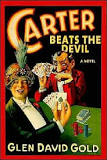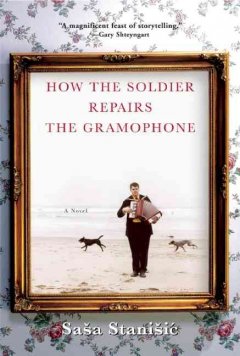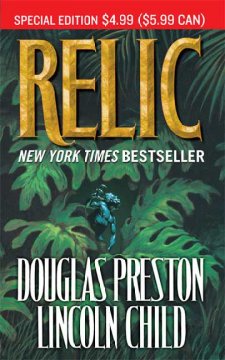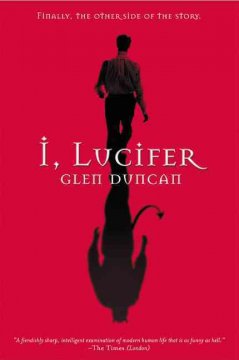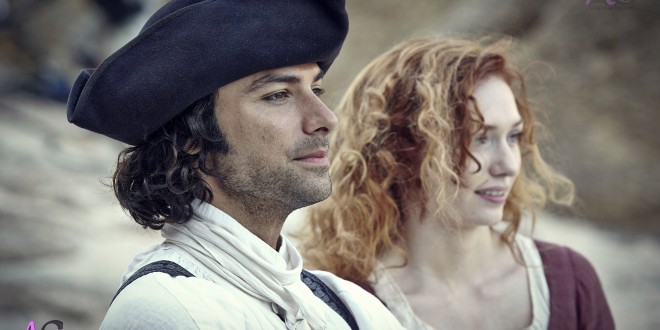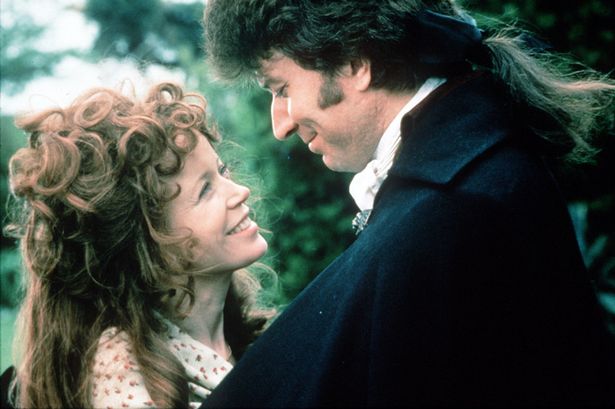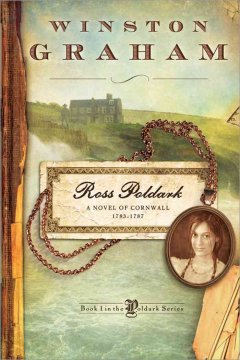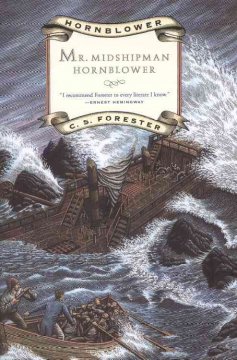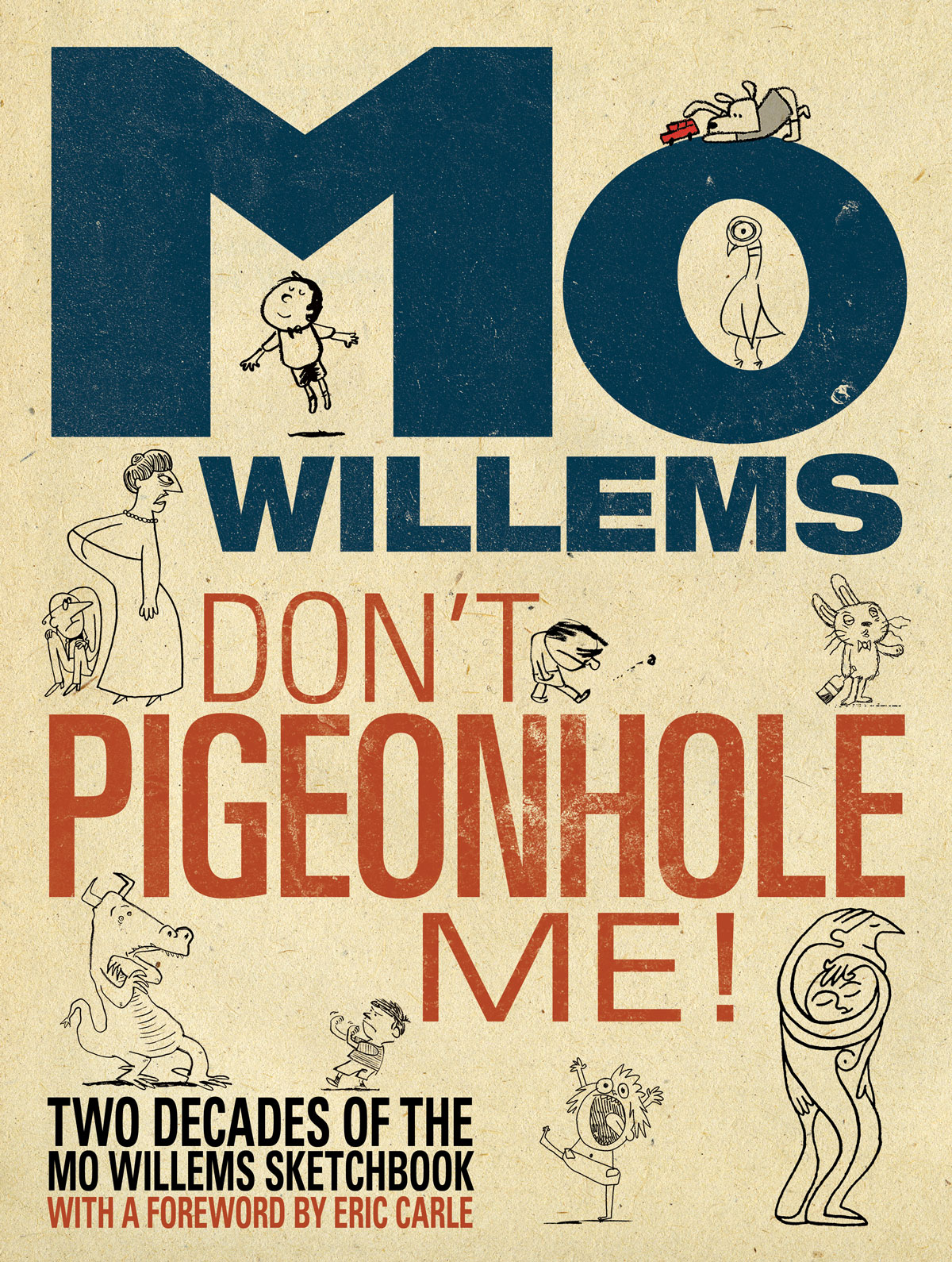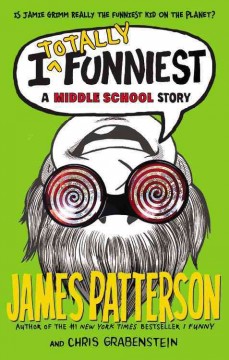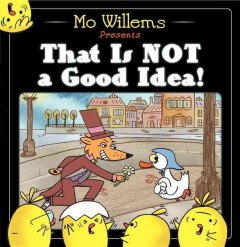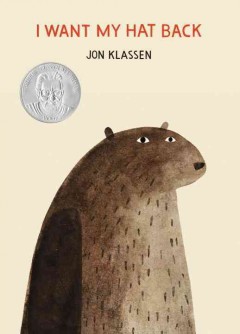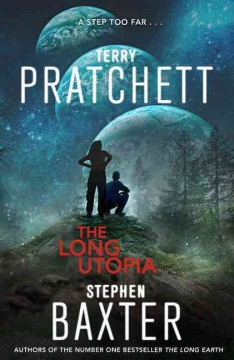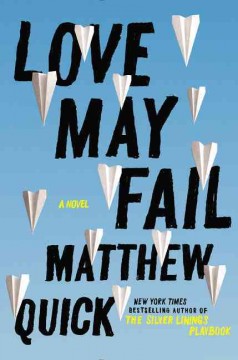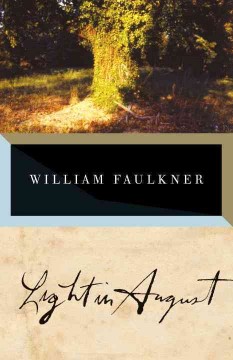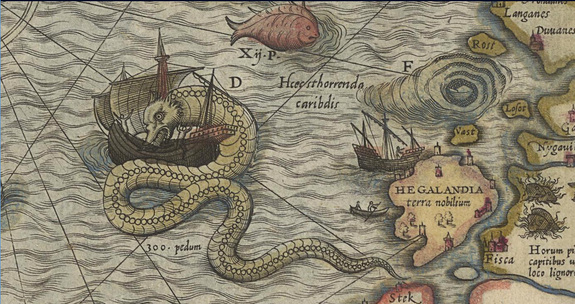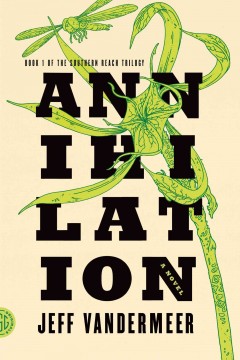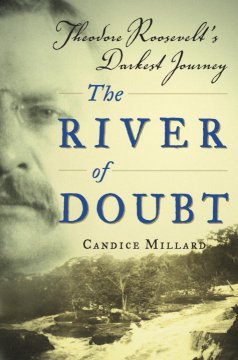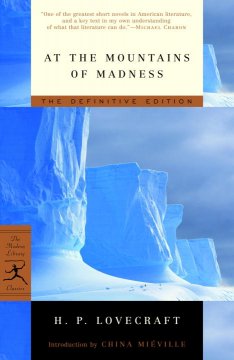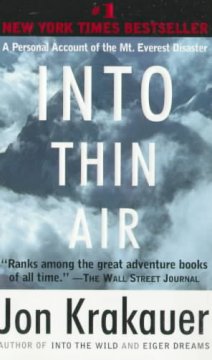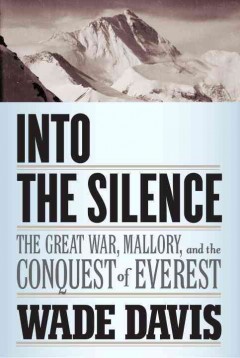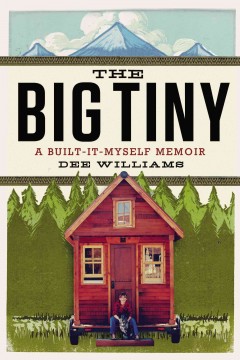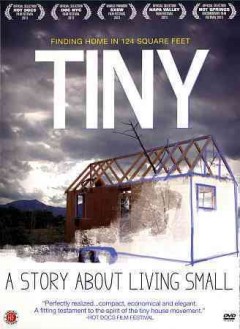Here is the monthly update from the Romance Readers of your library staff, bringing our love of romance into the light of day, and reveling in that dirt that so helps our minds to grow….
Bridget:
Made for You by Lauren Layne
Did you ever read a book that was so good, so pitch-perfect and on-point and fun that you wish you could discover it all over again? This second book in Layne’s Best Mistake series is just that kind of book for me. Here, we meet Brynne, who was billed in the series opener as the heroine’s “perfect older sister”, who succeeds at everything she undertakes.
In this book, however, we learn that life for Brynn is no picnic. She grew up feeling awkward and heavy and ugly, and has never gotten over those feelings, or the pain of being overlooked because she was smart without being clever. As a result, Brynn spends all her time being everyone else’s version of perfection. The only time she rebelled was the night she spent with Will Thatcher, her sister’s best friend. On the outside, Will is the definition of a ‘bad boy’, with a devil-may-care attitude that he uses as a shield to hide the fact that he’s been in love with Brynn for as long as he can remember. But he knows that, unless she can learn to live on her own terms, there is no hope of winning her heart. So he does what any good romance hero would do–he moves in next door to Brynn.
However, from this point, this book veers wildly from the expected trope. Will doesn’t hound Brynn, or try and come over and hang out, or try and make her change in any way. Instead, he gives her the space to be herself, to come to her own conclusions, and to make her own mistakes. I loved that the primary message of this book wasn’t that the love of a good man (or woman) will magically make everything better; it’s a personal and ongoing journey (see Brynn’s impulsive tattoo for more details!). Additionally, Will and Brynn’s sister can be platonic friends who genuinely care about each other, which is not something you see in romances every day.
Kelley:
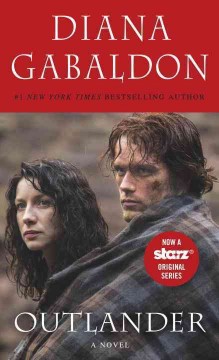 Outlander by Diana Gabaldon:
Outlander by Diana Gabaldon:
Due to the new Starz TV series you might be familiar with this title, but as is true in most cases, I promise you the book is better. First published 24 years ago, Outlander is a winning mix of romance, time travel and adventure that takes place in a mix of post-World War II Scotland and Scotland at the time of the Jacobite uprising. After years separated by the war, English nurse Claire Randall and her husband, Frank, embark on a trip Scotland in an effort to reconnect with each other. While there, Claire finds herself whisked back in time through the mythic stone circle of Craigh na Dun. The world of the 1700s is vastly different than that of the 1940’s, and Claire must quickly learn what it takes to survive as an Englishwoman in Scotland in this earlier incarnation of her world where the English are at war with the Scots. Luckily, she has the help of Jamie Fraser, a young and charismatic Scottish landowner, who will not only save her life many times over, but will show her love like none she has ever known.
Jamie and Claire are complex characters, each with strengths and flaws that make them utterly human, and utterly sympathetic to readers. Despite their love for each other, outside forces make happiness hard-won for the Frasers. They have many enemies, the most threatening of which is Black Jack Randall, an ancestor of Frank’s who suspects Claire is a spy and who has a history of violent encounters with Jamie and his family. What makes this book so powerful is the way that Jamie and Claire look out for and take care of each other in the face of these dangerous and difficult circumstances. Jamie and Claire are each brave, strong, and admirable individuals but, as is true of the best romances, they are stronger and better together. Readers will root for these characters every step of the way, but bring a box of tissues for the journey. This is a romance riddled with darkness and sadness, not a Regency romp, so be prepared.
Melissa:
A Widow’s Hope by Mary Ellis
I certainly do enjoy discovering new authors of Amish fiction romance. Mary Ellis has been writing Amish romances since at least 2009, but she’s still new-to-me. After reading A Widow’s Hope, I will definitely be checking out some of her other titles (Never Far from Home, Abigail’s New Hope, A Family Reunion, A Little Bit of Charm).
Widows and widowers finding love again, even when they don’t think they want it, is a common theme in Amish romances and Ellis has taken that plotline and created a sweet story from it. Hannah Brown (the widow of the titles) sells the farm she and her husband ran before his death and moves in with her sister’s family. She brings with her a large and slightly unweilding flock of sheep. Hannah hopes this move with both allow her to help her sister, who suffers from arthritis, and to put some distance between herself and a scandal she caused in her home church district. Somehow, however, Hannah keeps getting on the wrong side of her brother-in-law, who is a strict deacon in her new church. The deacon strongly disapproves of his sister-in-law’s opinions, her sheep and his wife’s desire to play matchmaker between Hannah and his widower brother. Hannah and the deacon’s brother-in-law, Seth, are intrigued by each other, but face a string of misunderstandings that plague almost all potential couples in romance novels. Meanwhile, Hannah again finds herself in hot water with the church leadership, while she also tries to help Seth’s daughter, who remains grief stricken over the death of her mother.
It’s Hannah’s believability as a character that really shines in this novel. Unlike so many romantic heroines, Hannah is far from perfect. While it first appears that it is her willingness to flout Amish convention that lands her trouble with her church’s leaders, it eventually becomes clear that Hannah’s real problem is her knee-jerk tendency to run away at the first sign of a conflict rather than attempting to work things out. Her sister eventually calls her on this and Hannah must decide between fleeing from her problems yet again or facing them and taking a chance on finding love. Ellis manages to create in Hannah a character who is overall very likable, but flawed enough to cause flashes of irritation in readers who cheer when her sister finally calls her out.


